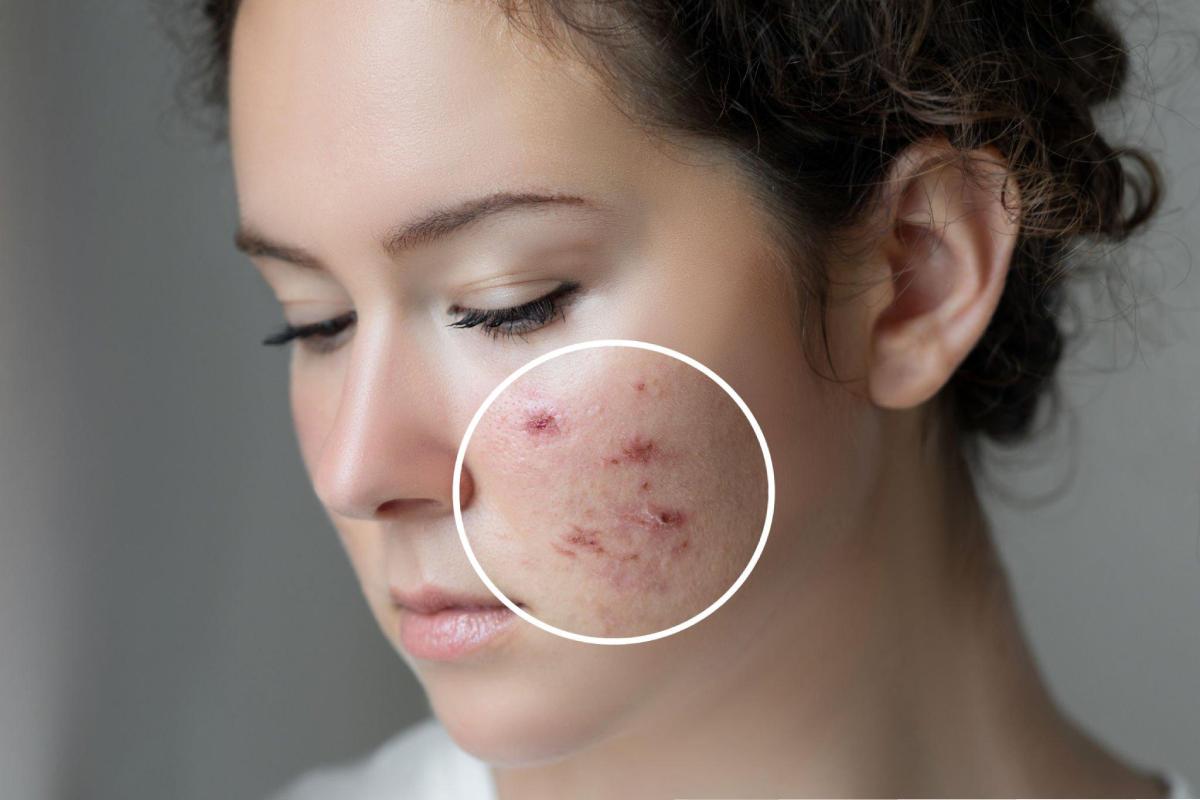Have you ever wondered about the microscopic culprits behind those pesky pimples that seem to appear at the most inconvenient times? The answer lies in the mysterious world of bacteria. That is why it becomes important to have proper knowledge about the same before beginning our skincare routine.
In this blog, we’ll get into the relevant details of your skin to uncover the mystery of the bacteria that causes acne.
Table of Contents
The skin microbiome
First, we must acknowledge that not all germs are inherently harmful. It is a crucial understanding prior to starting our journey. In fact, the skin has a diverse ecosystem of bacteria known as its microbiome. This ecology serves an integral function, acting as a barrier against potential threats and thus ensuring the preservation of skin health.
Wondering, ‘Acne is caused by which bacteria?’ Propionibacterium acnes often dominates discussions about acne as a specific type of bacteria. This bacterium commonly inhabits human skin, particularly the sebaceous glands. Our skin’s secreted sebum provides an ideal home for it.
P. acnes and acne
There is a complicated link between P. acnes and acne. Although this bacteria is a typical component of skin, some situations might cause an overpopulation of it. P. acnes can grow in clogged hair follicles caused by dead skin cells, increased sebum production, and other causes, leading to an inflammatory reaction that appears as acne.
You may be asking yourself why P. acnes bothers people in the first place. Its capacity to convert sebum into fatty acids holds the key. This procedure fosters an inflammatory environment, which results in the development of those recognizable red pimples on your skin.
Exploring acne treatment
Knowing the function of bacteria in acne allows for the investigation of focused acne therapy approaches. Scientists currently investigate the interactions between P. acnes and the skin to create innovative strategies for addressing acne at its source. Understanding this relationship is key. If you struggle with acne, maintaining a well-balanced skincare routine, a critical component in managing it effectively, becomes absolutely necessary.
Seek for items that try to reduce the conditions that encourage P. acnes growth in addition to treating the symptoms that are readily apparent. Additions to your skincare regimen, such as salicylic acid present in the Overnight Acne Spot Corrector, which has antimicrobial qualities, might be beneficial.
The importance of informed skincare
It’s crucial to find equilibrium. Overuse of antibacterial products may cause various skin problems by upsetting the skin microbiome’s natural equilibrium. Thus, the secret to skincare is to approach it with consideration and knowledge.
Remember that pimples are not merely a coincidence. They result from an intricate interaction between the microorganisms present in your skin and its epidermis. Gaining healthier, brighter skin starts with knowing the role bacteria play in the formation of acne.
In conclusion
Understanding that the bacteria P. acnes primarily causes acne formation empowers you to choose your skincare regimen wisely. With this knowledge, you can select products like The Pink Foundry’s Acne Care & Healing Gel Moisturiser with Tea Tree & Cica that helps to uphold overall skin health by fighting acne causing bacteria.

